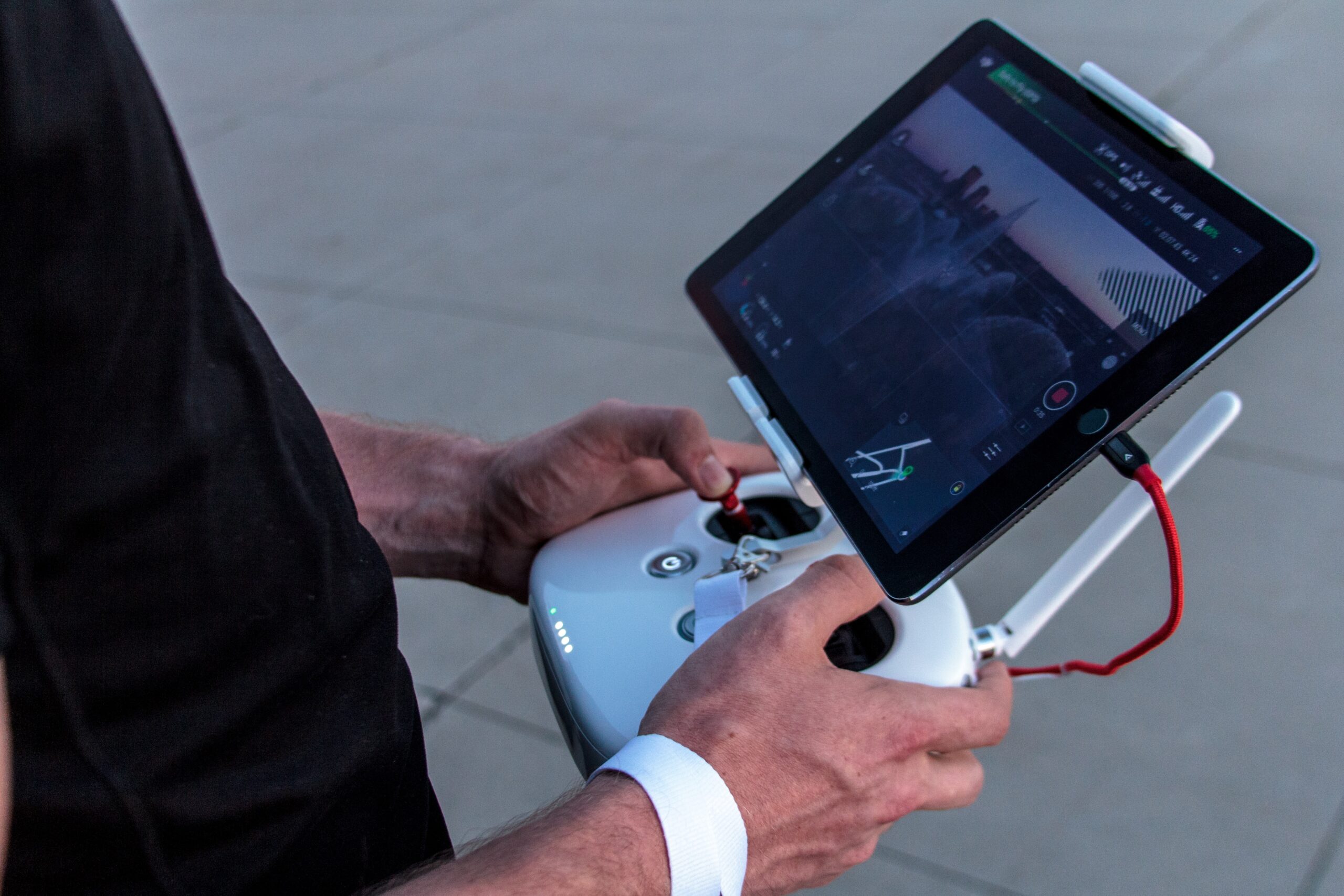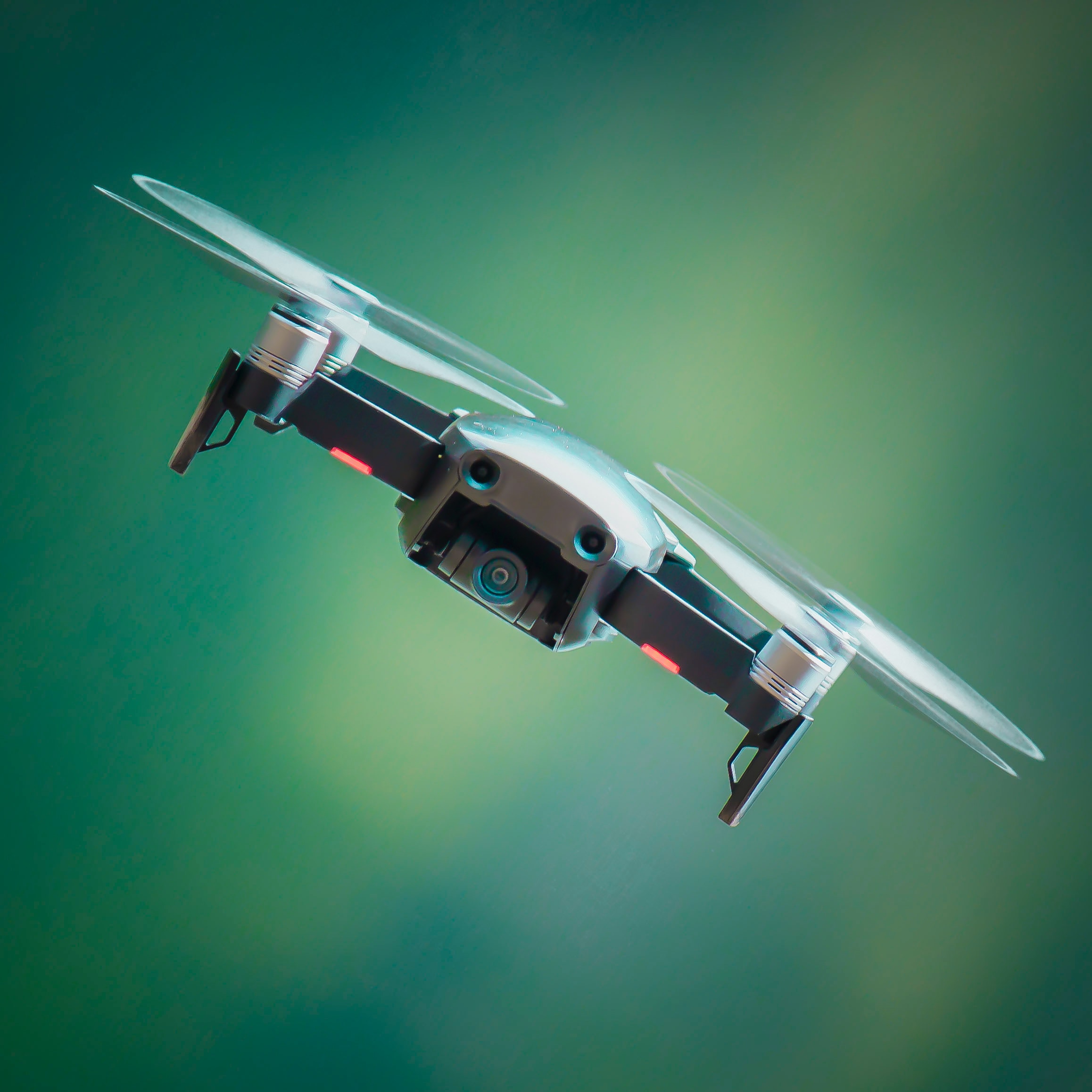
Understanding FAA Regulations for Flying Drones in the US
If you want to fly your DJI drone in the US, it’s crucial to understand the FAA regulations. These rules cover everything from registration requirements to flight restrictions and enforcement. By familiarizing yourself with these guidelines, you can ensure a safe and legal flying experience.
First, you’ll need to register your drone with the FAA before taking to the skies.
Next, it’s important to be aware of airspace restrictions, as certain areas may be off-limits or require special permissions.
Additionally, flight restrictions may apply in specific locations or under certain circumstances.
To maintain safety and avoid penalties, you must also follow operating guidelines set by the FAA.
Remember, ignorance of the regulations is not an excuse, so make sure to stay informed and fly responsibly.
Registration Requirements
To legally fly your DJI drone in the US, you must register it with the Federal Aviation Administration (FAA). Registration requirements are in place to ensure safety and accountability among drone operators.
The process is simple and can be done online through the FAA’s official website. You’ll need to provide your personal information, including your name, address, and email. Additionally, you must provide the make, model, and serial number of your drone.
Once registered, you’ll receive a unique registration number that must be visibly displayed on your drone. It’s important to note that registration is valid for three years and costs $5.
Failure to register your drone can result in penalties, including fines and legal consequences. So, take the necessary steps to register your DJI drone and enjoy flying it legally and responsibly.
Airspace Restrictions
Fly your DJI drone in the US while adhering to FAA regulations by understanding the airspace restrictions.
The Federal Aviation Administration (FAA) has established specific rules and regulations regarding the use of drones in different types of airspace. It’s important to be aware of these restrictions to ensure safe and legal drone operations.
The FAA classifies airspace into different categories, including controlled airspace and restricted airspace. Controlled airspace is typically found around airports and requires permission from air traffic control to operate a drone. Restricted airspace, on the other hand, is designated for national security or other special purposes and is completely off-limits for drone flights.
It’s crucial to check the FAA’s online maps and resources to determine the airspace restrictions in your area before flying your DJI drone. Remember, ignorance of these regulations can have serious consequences, so always prioritize safety and compliance.
Flight Restrictions
You should be aware of certain flight restrictions when operating your DJI drone in the US. The Federal Aviation Administration (FAA) has established guidelines to ensure the safety of airspace and individuals on the ground.
First, you aren’t allowed to fly above 400 feet in altitude. This restriction helps prevent interference with manned aircraft.
Additionally, you must maintain visual line of sight with your drone at all times. This means you should be able to see it with your naked eye, without the use of binoculars or other aids.
Flying near airports is also prohibited without prior authorization, as it poses a risk to aircraft operations.
Lastly, you should avoid flying in restricted airspace, such as military installations or national parks, which have specific regulations.
Familiarizing yourself with these flight restrictions will help ensure a safe and legal drone operation experience.
Operating Guidelines
Follow these operating guidelines to ensure safe and legal drone operation with your DJI drone in the US.
-
Always fly your drone within visual line of sight. This means you should be able to see your drone at all times during the flight.
-
Don’t fly your drone over people or moving vehicles, unless you have obtained a special waiver from the FAA.
-
Don’t fly your drone in restricted airspace, such as near airports or military bases, without proper authorization.
-
Be aware of and respect privacy concerns. Avoid flying your drone over private property without permission.
-
Always follow the FAA’s regulations regarding maximum altitude, speed, and operational limitations for your specific drone model.
Enforcement and Penalties
To ensure compliance with FAA regulations, it’s important to understand the enforcement and penalties associated with flying DJI drones in the US. The FAA takes drone safety seriously and has established strict rules to maintain airspace safety.
If you violate these regulations, you may face penalties ranging from warnings and fines to criminal charges. The exact penalty depends on the severity of the violation and any potential harm caused.
For example, flying a DJI drone in a restricted airspace without authorization can result in fines of up to $20,000 and possible criminal charges. Additionally, reckless flying or interfering with manned aircraft can lead to fines of up to $25,000.
It’s crucial to familiarize yourself with the FAA regulations and adhere to them to avoid facing these penalties.

